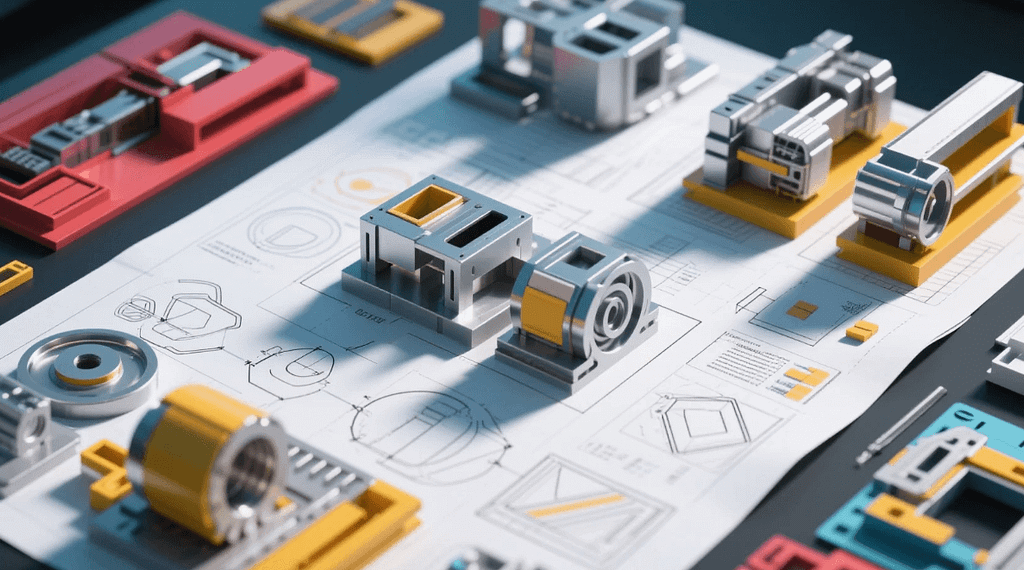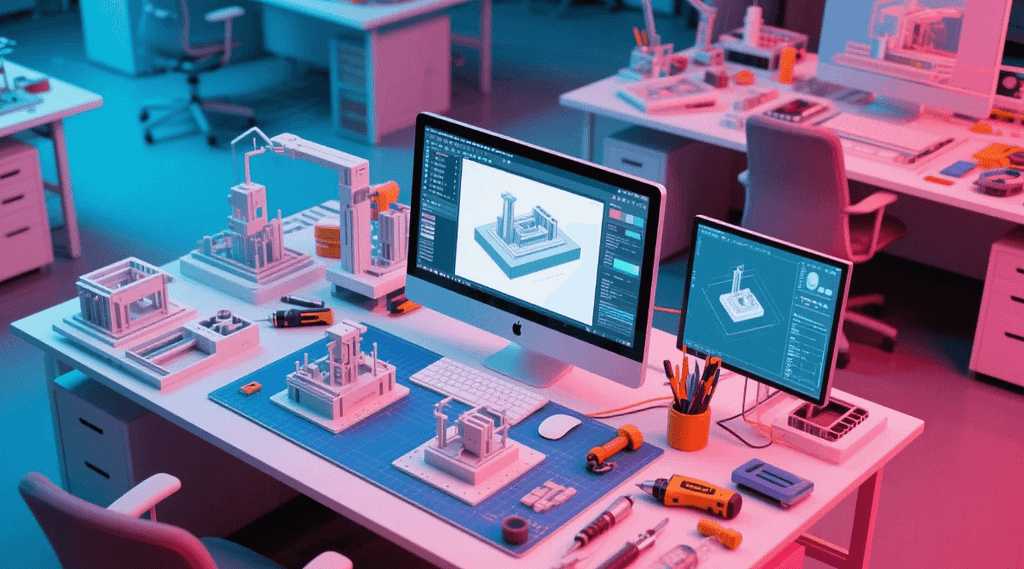Introduction: The Need for Speed in Modern Product Development
In today’s industrial landscape, the ability to innovate quickly can make or break a company. That’s why many manufacturers are turning to 快速成型. But what is rapid prototyping really? Simply put, it is a group of techniques used to quickly fabricate a physical part, model, or assembly using 3D CAD data. This article explores its industrial relevance, advantages, and transformative potential.
Understanding What Is Rapid Prototyping
What is rapid prototyping? At its core, it refers to the fast fabrication of a scale model or part using additive manufacturing or 3D printing technologies. The process allows engineers and designers to create physical prototypes of their designs in a fraction of the time required by traditional methods.
Types of Rapid Prototyping Techniques
- 立体光刻(SLA)
- 熔融沉积建模(FDM)
- 选择性激光烧结(SLS)
- Digital Light Processing (DLP)
- Binder Jetting
Each method has unique strengths based on required precision, material type, and speed.
Industrial Applications of Rapid Prototyping

快速原型制作 is now a foundational process across a range of industrial sectors:
- 汽车: Design validation, aerodynamic modeling
- 航空航天: Lightweight composite part testing
- 消费电子产品: Ergonomics, internal fittings
- 医疗设备: Custom implants, surgical guides
- Industrial Equipment: Concept testing and fit-form-function analysis
Key Benefits for Industrial Modeling
1. Speed to Market
Design iterations that once took weeks can now be completed in days. This drastically reduces product development cycles.
2.成本效益
Since tooling is not required, costs are significantly lowered, especially for early-stage testing.
3. Early Design Feedback
Physical prototypes help stakeholders identify flaws or improvements before final manufacturing begins.
4. Complex Geometry Capabilities
Even the most intricate designs can be produced without additional tooling or molding.
Rapid Prototyping vs Traditional Manufacturing

When comparing 快速成型 to CNC machining or injection molding, several advantages become evident:
| Aspect | 快速原型制作 | Traditional Methods |
|---|---|---|
| Speed | Days | Weeks |
| Cost for Low Volume | 低 | 高 |
| 定制 | Easy | Difficult |
| Tooling Requirement | None | Essential |
快速原型制作的未来趋势
Integration with AI & Generative Design
AI tools are being used to automatically generate optimized part geometries, which can then be quickly tested via prototyping.
Hybrid Manufacturing
Combining additive and subtractive methods offers new precision and material versatility.
Sustainable Prototyping
Eco-friendly resins and recycling techniques are gaining popularity as sustainability becomes a global priority.
Role of Rapid Prototyping in Digital Transformation
The concept of Industry 4.0 embraces agility, speed, and customization. What is rapid prototyping in this context? It is a direct enabler of smart factories, digital twins, and agile manufacturing strategies.
Choosing the Right Rapid Prototyping Service
Industrial users must evaluate vendors based on:
- Material selection and tolerances
- Speed of production
- CAD integration
- Post-processing options
Conclusion: Transforming the Industrial Model Landscape
In summary, what is rapid prototyping if not a revolution in how industrial components are imagined, tested, and refined? For modern enterprises, adopting this technology is no longer optional but a strategic necessity.
常见问题
1. Is rapid prototyping suitable for final production parts?
Yes, especially with advancements in materials and hybrid techniques.
2. What industries benefit the most from rapid prototyping?
Automotive, aerospace, medical, and consumer electronics.
3. Does it require special CAD tools?
Standard 3D modeling software is usually sufficient, but file compatibility matters.
4. How is quality ensured in rapid prototyping?
Through iterative testing, precise tolerancing, and post-processing.
5. Can rapid prototyping be outsourced internationally?
Yes. Many global firms specialize in industrial-grade prototyping with rapid turnaround.
